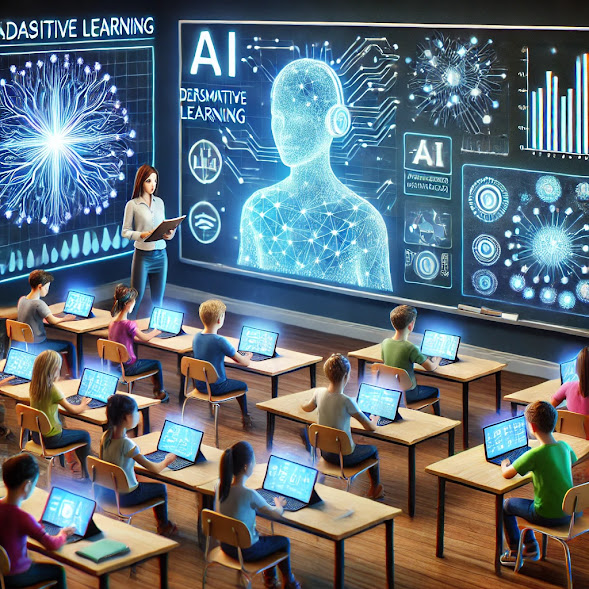AI for Teaching and Learning
AI for Teaching & Learning; explores the transformative role of artificial intelligence in education, highlighting how AI-powered tools enhance personalized learning, streamline administrative tasks, support teachers, and foster student engagement. The blog delves into practical applications, benefits, and challenges of integrating AI into educational practices, offering insights for educators, students, and educational technologists.
Monday, 4 November 2024
Saturday, 26 October 2024
Decription of AI Technology
What is AI?
AI, or Artificial Intelligence, is the branch of computer science that creates systems capable of performing tasks typically requiring human intelligence. These tasks include problem-solving, understanding language, recognizing patterns, learning from data, and making decisions.
AI is divided into two main categories:
Narrow AI (Weak AI): Designed to perform specific tasks, such as facial recognition or natural language processing, without possessing broader intelligence. Examples include digital assistants like Siri or Alexa and recommendation algorithms used by streaming services.
General AI (Strong AI): A more advanced form of AI that could theoretically perform any intellectual task a human can. This remains largely theoretical, as current AI systems lack the flexibility and depth of human intelligence.



